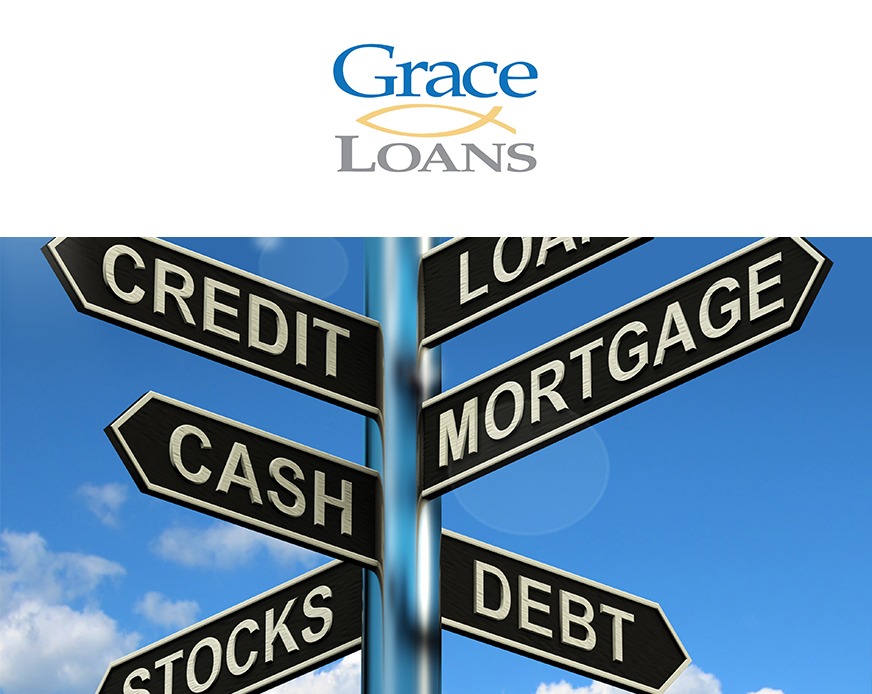Good Debt, Bad Debt
Wednesday 01 May 19

A couple of generations ago, the view of debt was very different than today. I grew up between those generations. My father saved like crazy for about three years, then built a brand-new home with something like $10,000 from the bank. I imagine that he had it paid off in ten years, and never borrowed again. I lived in that same home from birth to when I left to go to university.
Today, most families are in debt before they get started. The wedding, the honeymoon, a car and furnishings for the house, are all purchased with credit of one form or another. And, of course, $10,000 wouldn’t even come close as a deposit for the purchase of a home, so a huge amount of debt is required for the home loan. Is that good or bad?
In addition to the family needs, there is the opportunity to “gear” into investments, borrowing to purchase them, and putting someone else’s capital to work for you.
For the next couple of minutes, I would like to get you to think through the purpose of debt, and to see if we can work out what is good debt, and what is bad debt.
Essentially debt enables one to have today what they cannot afford until tomorrow.
It’s no wonder then, why it is so popular. Given that it is kept in reasonable proportions, that’s good. A young family needs room to spread out their wings. However, if they waited to purchase a home with cash, they might have a chance of getting it in time for their grandkids to move in. Yet for just a little more than rental property they may be able to get into their own home. Not only that, but during times when property prices are going up, they can be creating wealth.
It might be that a fantastic business opportunity opens up for you. But pretty well any business requires capital to get started. You have have fantastic plan and a sure fire way to get a bountiful return on that capital, but if you don’t have it to start with, you are going nowhere. That involves gearing: utilising someone else’s capital, either through a loan or investing into the business. If that investment had to come from an individual’s savings, the entrepreneur might never get a start.
Drawing the line between good and bad debt
It’s simplistic, but often a simple line is drawn in the sand between good and bad debt. Bad debt consumes you, while good debt feeds you. The bad debt is often spent to purchase things that decrease in value. You are paying for consumption. That can drain the life out of you. But good debt, such as the business or investment loan, multiplies growth assets, which in turn generate income to feed you. Sometimes the good debt does involve deferring some consumption to a future time, but then enables that provision for consumption to be multiplied. That’s like saving for retirement, but putting it on steroids, as the growth has the potential of being multiplied.
The danger of bad debt
There are probably degrees of bad debt. Borrowing to purchase a home isn’t going to feed you, but in time it is going to reduce the drain on the supply that is feeding you. Eventually you own the home, rent doesn’t have to be paid and great deal of freedom is secured. The purchase of a car seems like an absolute essential, and there are times that the only way to get some reliable wheels under you is to borrow. But you don’t have to do that forever. It’s tempting to utilise a novated lease to save tax. If you have to borrow to buy the vehicle, that’s a sensible way for many to do it, but where you are able to save to buy the vehicle with cash, most likely you will be much farther ahead by doing so. Even in thinking about how much to spend, there is an issue that’s related. The ‘bad debt’ involves purchasing a depreciating asset, such as the vehicle. You want to spend enough to get one that’s going to be reliable and not eat you up with high maintenance costs; however, the more you spend, the more you are going to lose in depreciation. My last vehicle purchase was seven years ago. I purchased a ten year old BMW X5 for $15,000. The previous owner had paid something close to $100,000 more that that. He lost $10,000 for every year of ownership through depreciation. While my maintenance costs have been a bit higher, my loss to depreciation has been next to nothing in comparison. And it has been a beautiful, functional vehicle.